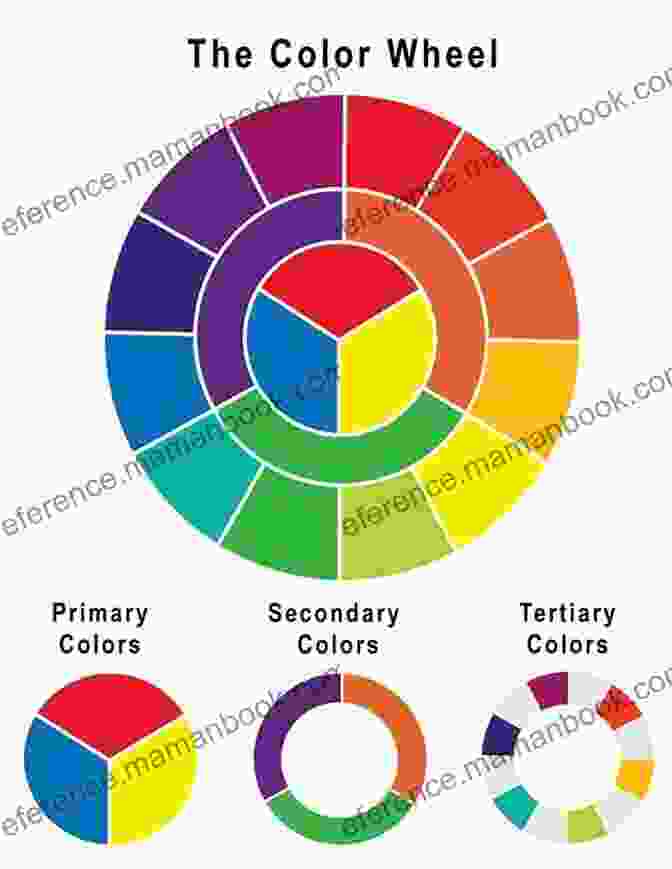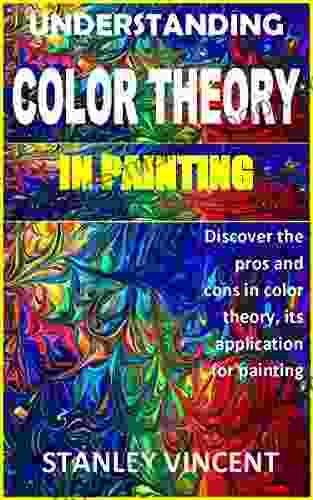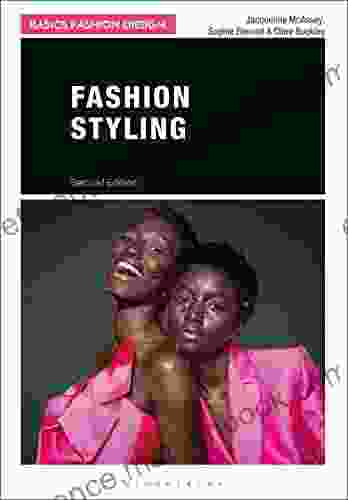Understanding Color Theory in Painting: A Comprehensive Guide for Artists

Color theory is the body of practical guidance to color mixing and the visual effects of a specific color or color combination. By understanding these principles, artists can create more harmonious and effective paintings.
The Color Wheel
The color wheel is a circular diagram that arranges colors according to their relationships. The primary colors (red, yellow, and blue) are positioned at equal intervals around the wheel, with the secondary colors (green, orange, and violet) created by mixing two primary colors. The tertiary colors (red-orange, yellow-orange, yellow-green, blue-green, blue-violet, and red-violet) are created by mixing a primary and a secondary color.
4 out of 5
| Language | : | English |
| File size | : | 1232 KB |
| Text-to-Speech | : | Enabled |
| Enhanced typesetting | : | Enabled |
| Print length | : | 12 pages |
| Lending | : | Enabled |
| Screen Reader | : | Supported |

Color Harmony
Color harmony refers to the pleasing arrangement of colors in a painting. There are several different ways to achieve color harmony, including:
- Monochromatic harmony: Using different shades, tints, and tones of a single color.
- Analogous harmony: Using colors that are adjacent to each other on the color wheel, such as blue, blue-green, and green.
- Complementary harmony: Using colors that are opposite each other on the color wheel, such as red and green or blue and orange.
- Split-complementary harmony: Using a color and the two colors adjacent to its complement on the color wheel, such as red, blue-green, and yellow-green.
- Triadic harmony: Using three colors that are evenly spaced around the color wheel, such as red, yellow, and blue or green, orange, and violet.
Color Temperature
Color temperature refers to the perceived warmth or coolness of a color. Warm colors, such as red, orange, and yellow, are often associated with fire, sunlight, and energy. Cool colors, such as blue, green, and violet, are often associated with water, ice, and tranquility.
Color temperature can be used to create a variety of effects in a painting, such as creating a sense of warmth or coolness, or creating a sense of depth.
Color Value
Color value refers to the lightness or darkness of a color. Value is created by adding white or black to a color. A high-value color is light, while a low-value color is dark.
Color value can be used to create a variety of effects in a painting, such as creating a sense of depth, creating a focal point, or creating a sense of contrast.
Color Saturation
Color saturation refers to the intensity or purity of a color. A highly saturated color is vibrant and intense, while a desaturated color is dull and muted.
Color saturation can be used to create a variety of effects in a painting, such as creating a sense of excitement or drama, or creating a sense of calmness or tranquility.
Color theory is a complex and fascinating subject. By understanding the principles of color theory, artists can create more harmonious and effective paintings. Experiment with different color combinations and techniques to see what works best for you. And most importantly, have fun!
4 out of 5
| Language | : | English |
| File size | : | 1232 KB |
| Text-to-Speech | : | Enabled |
| Enhanced typesetting | : | Enabled |
| Print length | : | 12 pages |
| Lending | : | Enabled |
| Screen Reader | : | Supported |
Do you want to contribute by writing guest posts on this blog?
Please contact us and send us a resume of previous articles that you have written.
 Top Book
Top Book Novel
Novel Fiction
Fiction Nonfiction
Nonfiction Literature
Literature Paperback
Paperback Hardcover
Hardcover E-book
E-book Audiobook
Audiobook Bestseller
Bestseller Classic
Classic Mystery
Mystery Thriller
Thriller Romance
Romance Fantasy
Fantasy Science Fiction
Science Fiction Biography
Biography Memoir
Memoir Autobiography
Autobiography Poetry
Poetry Drama
Drama Historical Fiction
Historical Fiction Self-help
Self-help Young Adult
Young Adult Childrens Books
Childrens Books Graphic Novel
Graphic Novel Anthology
Anthology Series
Series Encyclopedia
Encyclopedia Reference
Reference Guidebook
Guidebook Textbook
Textbook Workbook
Workbook Journal
Journal Diary
Diary Manuscript
Manuscript Folio
Folio Pulp Fiction
Pulp Fiction Short Stories
Short Stories Fairy Tales
Fairy Tales Fables
Fables Mythology
Mythology Philosophy
Philosophy Religion
Religion Spirituality
Spirituality Essays
Essays Critique
Critique Commentary
Commentary Glossary
Glossary Bibliography
Bibliography Index
Index Table of Contents
Table of Contents Preface
Preface Introduction
Introduction Foreword
Foreword Afterword
Afterword Appendices
Appendices Annotations
Annotations Footnotes
Footnotes Epilogue
Epilogue Prologue
Prologue Justina Martinez
Justina Martinez Nancy Striniste
Nancy Striniste Linda Hall
Linda Hall Cj Evans
Cj Evans Audrey Austin
Audrey Austin Stephanie Mantilla
Stephanie Mantilla Ramon Burton
Ramon Burton R B O Brien
R B O Brien Johann Nestroy
Johann Nestroy Andrew Hadfield
Andrew Hadfield Allison Bemiss
Allison Bemiss Perri Klass
Perri Klass Soli Lazarus
Soli Lazarus Cora Rivers
Cora Rivers Matthew Tinsley
Matthew Tinsley Trey Roland
Trey Roland Jacqueline Mcassey
Jacqueline Mcassey Wendy Webb
Wendy Webb Robert Galen
Robert Galen Edith Marcombe Shiffert
Edith Marcombe Shiffert
Light bulbAdvertise smarter! Our strategic ad space ensures maximum exposure. Reserve your spot today!

 Ernest PowellThe Unreal and the Real: Exploring the Boundaries of Imagination and Reality
Ernest PowellThe Unreal and the Real: Exploring the Boundaries of Imagination and Reality Evan HayesFollow ·6.7k
Evan HayesFollow ·6.7k Michael SimmonsFollow ·12.5k
Michael SimmonsFollow ·12.5k Houston PowellFollow ·17k
Houston PowellFollow ·17k Dwight BellFollow ·2.3k
Dwight BellFollow ·2.3k Wesley ReedFollow ·11.2k
Wesley ReedFollow ·11.2k Jan MitchellFollow ·7k
Jan MitchellFollow ·7k Angelo WardFollow ·8.7k
Angelo WardFollow ·8.7k Henry JamesFollow ·9.8k
Henry JamesFollow ·9.8k

 Kenzaburō Ōe
Kenzaburō ŌeWrite Therefore Am: Exploring the Profound Interplay...
In the realm of...

 Fernando Bell
Fernando BellLittle Brown Girl in the Mirror: A Journey of...
In the tapestry of life, we are all woven...

 Francisco Cox
Francisco CoxMusic and Institutions in Nineteenth-Century Britain
Music played a...

 Devin Cox
Devin Cox42 Specific Ways To Improve Your Use Of 11 And 14
1. Use 11 to represent the number of...
4 out of 5
| Language | : | English |
| File size | : | 1232 KB |
| Text-to-Speech | : | Enabled |
| Enhanced typesetting | : | Enabled |
| Print length | : | 12 pages |
| Lending | : | Enabled |
| Screen Reader | : | Supported |














